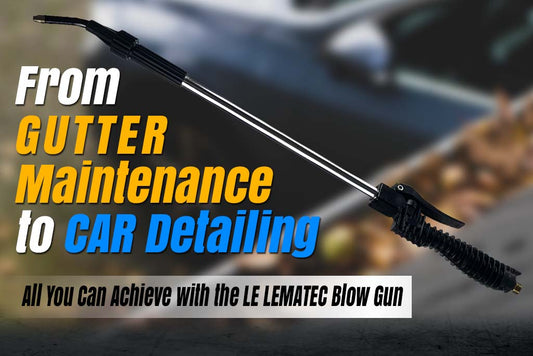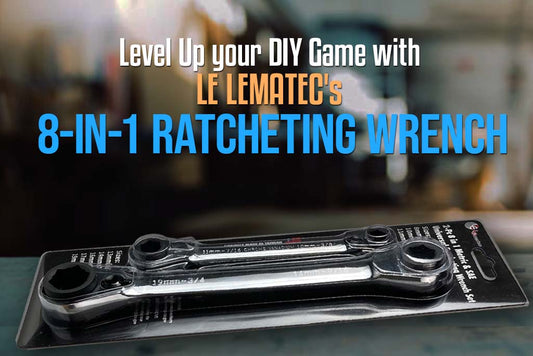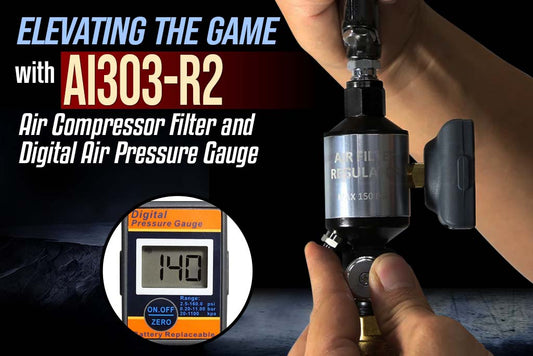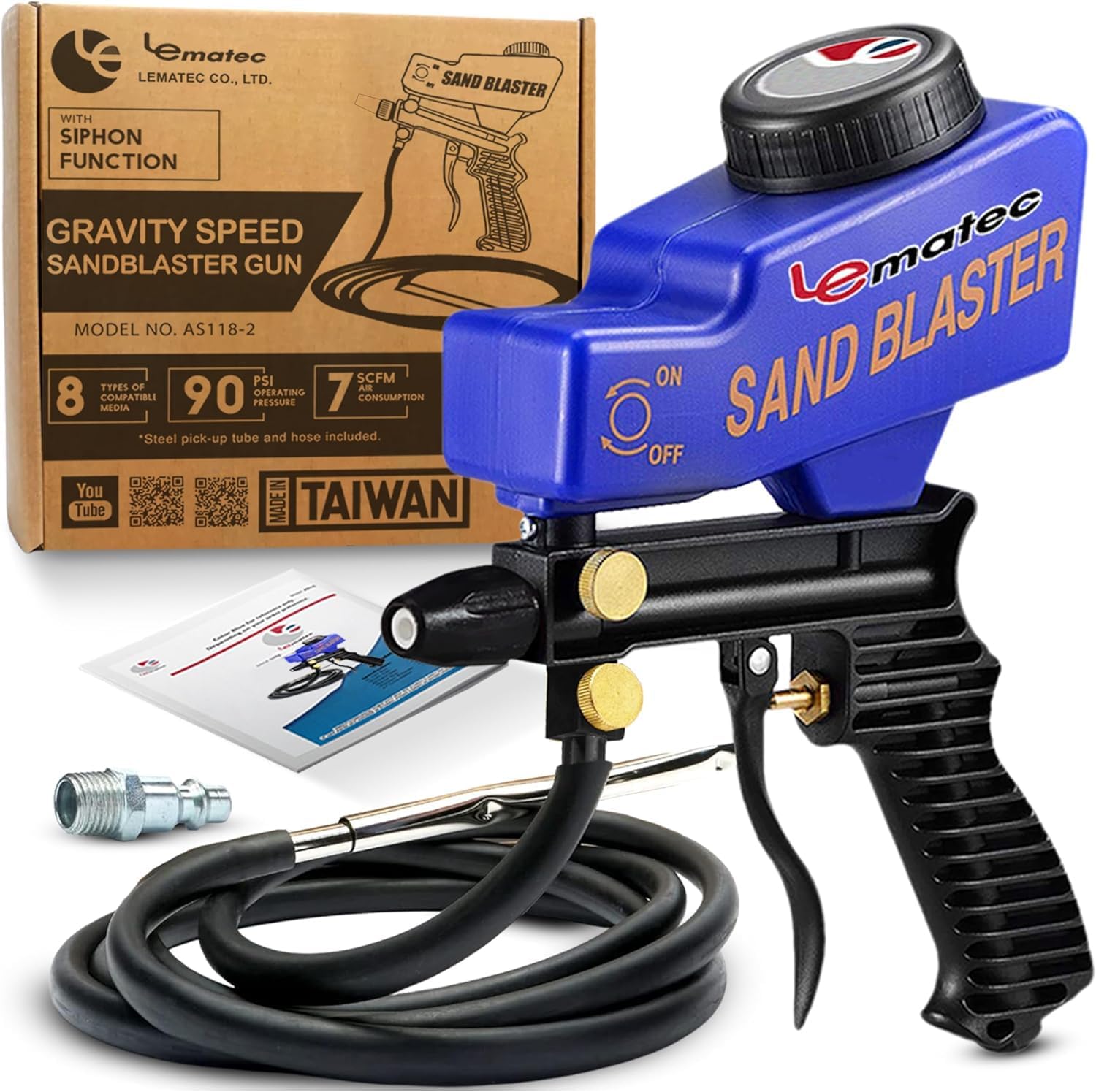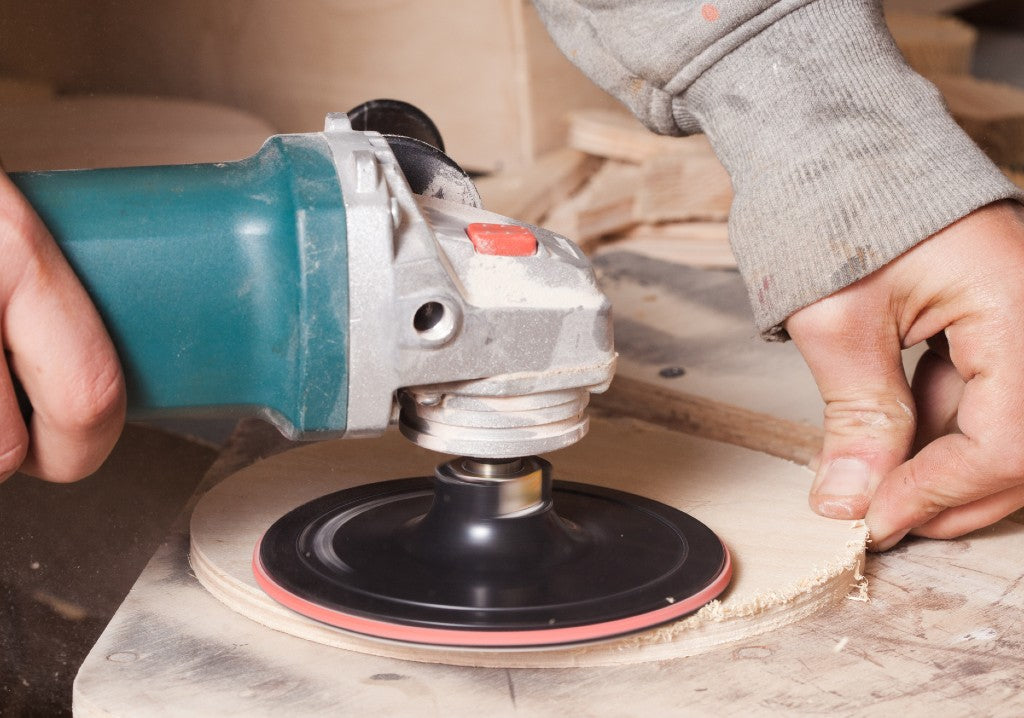
Tips on Ensuring Efficient Orbital Sander with Vacuum

An orbital sander is a powerful tool that allows you to complete any sanding project efficiently and help you achieve the best surface finish you could ever imagine. Be it for woodworking or metalworking projects, a dependable Orbital Sander with Vacuum is the best choice for many DIYers and artisans alike. The rotation and vibration makes the sander move in changing orbits. Choosing the best orbital sander for your current or future woodworking projects from different brands and models can be really challenging, especially if you don't have enough information about the tool. Hence, you need to check for a reliable buying guide to help you decide the right one for your needs.
Choosing the Best Power Option for Your Orbital Sander
One of the most important things to consider is choosing the right power option. An orbital sander, known as a low noise sander, operates with three major types of power sources: electric corded, battery-powered, and pneumatic. The electric cord option is suitable for woodworking projects in limited areas. Next is the battery-operated sander that is very useful when working far from electrical outlets. Lastly, is the pneumatic sanders or air sanders that use air compressors to operate. Each type of sander tool may differ on performance but still achieve the same output. For instance, the corded sander models have a power rating of 2 – 5 amps, while the cordless ones have 18 – 20 volts. Regardless of your choice, the result still depends on proper usage of the tool. Hence, make sure to know some of the essential guidelines that will make every sanding operation successful.
Some Important Tips You Need to Know When Using an Orbital Sander
A low vibration orbital sander might be the most user-friendly power tool you'll ever need for all your woodworking projects. Yes, you can simply rely on your tool manuals; that, however, doesn't mean there's nothing more to learn about them. Here are some of the helpful tips for faster, smoother, and reliable surface finishing tasks:
Know how it works.
Technically, an orbital sander pad moves in two ways - it wiggles in an orbital pattern while it continuously rotates. These two combined movements leave random patterns of scratches running in different directions that later on become nearly invisible. So make sure that you use your low vibration sander the right way to prevent it from sudden failure. Improper usage of orbital sanders will lead to visible scratches in the form of long, spiraling swirls. They might not be visible at first, but they will surely appear once you put some coat on the surface.
Work slowly but surely.
When using an orbital sander, make sure not to be in a hurry. It really takes time to achieve a smooth and scratch-free surface. That's why you need a dependable tool that can help you streamline the process. Fast scrubbing might just lead to unwanted swirls on the surface. Therefore, the slower you scrub, the more you can prevent random scratches. It might be hard at first, but you can learn to train yourself to work at a turtle's pace over time.
Work gently.
Too much pressure on an orbital sander is a common mistake by many DIYers and industrial sanders. You should not do it as much as possible if you want to ensure great results. The weight of the orbital sander and your hand and arm is already enough pressure. Hence, putting more pressure down can slow or even stop the pad's rotation, resulting in unsightly swirls.
Always place the sander on your target area.
Most woodcraft workers make mistakes in turning their sander on right before they put it on the surface. But that is completely wrong! If the sander is still running before you set it down on the wood surface, it will definitely leave deep and ugly scratches. Every time you lift the sander upwards during the application, make sure that you turn it off before you place it again on the surface. And of course, wait until it completely stops spinning after you turn it off. Finding a safe resting place for the sander is perfect.
Use a vacuum right after the sanding process.
For a cleaner and more flawless result, make sure to get rid of all the dust and dirt left during the process. And there's nothing more effective than using a vacuum cleaner. It cleans even the smallest speck of sawdust on the wood surface—way better than the fan inside the sander could do. Also, vacuums absorb all the substrates and airborne dust, making them much safer and more convenient to use.
Get the best industrial-strength tools for home and shop use like air sanders, impact wrenches, sandblasters, spray guns, tire inflators, and more only at Le Lematec Tools. We are your one-stop shop for a wide range of hand air tool solutions, and we offer free standard shipping across the continental US. With a fully-equipped online store, our team can provide all the hand-operated air tools, parts, and accessories you need. If you're interested, shop online today by visiting https://proairtools.com/ or call +1 828 398 0334.



